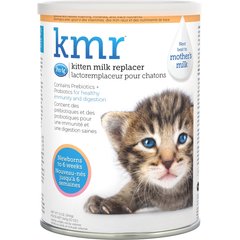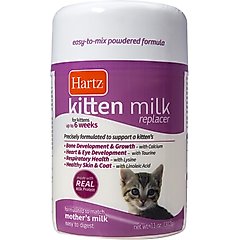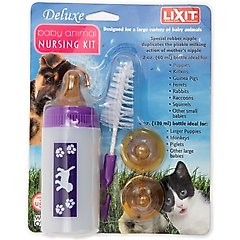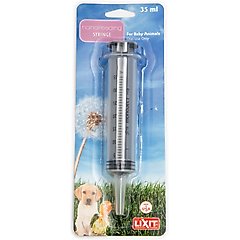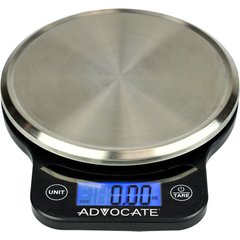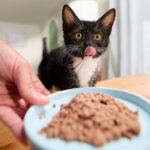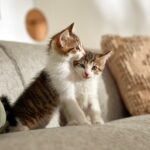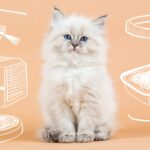Bottle-Feeding Kittens: Essential Tips for New Pet Parents
Wee-sized kittens under 6 weeks of age who are without their mother require bottle-feeding to survive. If mama kitty is unable to feed her babies, you can step in and provide kittens with the nourishment they need. So how do you bottle-feed a kitten the right way? We’ll walk you through each step.
Choosing the Best Kitten Formula
Finding the best formula is essential when bottle-feeding kittens. They cannot have dairy and must have kitten-specific formula, not human formula.
“Felines cannot tolerate cow’s milk, and it could cause such serious medical issues that the kittens do not survive,” warns Samantha Bell of Los Angeles, resident cat expert at Best Friends Animal Society. She adds, “One tip I have found helpful is to use distilled or filtered water when preparing the formula, to prevent tummy troubles. Some cities’ tap water contains chemicals that are too harsh on kittens.”
One of her preferred options is PetAg KMR Kitten Milk Replacer Powder for Kittens, and another excellent option is Hartz Powdered Milk Replacer Formula for Kittens. She recommends purchasing the powder form since it lasts longer than liquid/already-prepared formulas.
Pro Tip: Always check your kitten formula’s expiration date before feeding.
Recommended Products
Other Kitten Bottle-Feeding Supplies
Along with formula, you’ll need a few other items to bottle-feed kittens. Here’s what our experts recommend picking up:
- A few pet-nursing bottles, like the Lixit Baby Small Animal Bottle Nursing Kit, which comes with two extra nipples and a cleaning brush. Having multiple nipples ensures you’ll always have a clean bottle at the ready. Nipples encourage kittens to latch, since they mimic the mama cat’s anatomy. Many bottles come with nipples, but double-check to make sure the bottles you’re looking at do.
- Pet-safe cleaning supplies to wash your bottles and nipples.
- A thermometer to make sure the formula is warm enough but not too hot. An ideal temperature for kitten formula is around 98–102 degrees Fahrenheit.
- Plastic syringe (optional) in case a newborn kitten is having trouble latching. The Lixit Handfeeding Syringe is a great option.
- Small cloths to catch inevitable milk dribbles and to clean up potential messes.
- A scale to help you track whether your kitten is gaining weight appropriately.
Recommended Products
Bottle-Feeding Schedule for Kittens
For the first two weeks of their life, kittens must be bottle-fed every two to three hours around the clock, says Ann Hohenhaus, DVM, DACVIM (oncology and small animal internal medicine), a veterinarian at Schwarzman Animal Medical Center in New York City. From 2 to 4 weeks of age, this shifts to every five hours around the clock.
“Starting at 4 weeks of age, you can start introducing kitten food, followed by bottle-feeding four times a day,” she adds. “When the kittens are eating a tablespoon of kitten food at each of the four meals, bottle-feeding can be discontinued. Most kittens will be eating on their own by 6 weeks of age.”
Follow this kitten bottle-feeding chart from Bell and Dr. Hohenhaus to help you stay on track. The kitten’s age and weight should correspond, but if not, go by their weight.
| Kitten Age | Kitten Weight | Formula Amount | Frequency |
|---|---|---|---|
| 0–1 week | 5o–150 grams | 2–6 mL | Every 2 hours |
| 1–2 weeks | 15o–250 grams | 6–10 mL | Every 2–3 hours |
| 2–3 weeks | 250–350 grams | 10–14 mL | Every 3–4 hours |
| 3–4 weeks | 350–450 grams | 14–18 mL | Every 4–5 hours |
| 4–5 weeks | 450–550 grams | 18–22 mL | Every 5–6 hours |
| 5–8 weeks | 550–850 grams | Begin weaning, offer wet food | Every 6 hours |
Do I Need To Bottle-Feed Kittens at Night?
Kittens under 5 weeks old require overnight feedings.
Kittens 5-8 weeks old can generally go overnight without feedings, as long as they are sleeping well and not waking up or crying for food—in which case, feed that kitten!
Step-By-Step Guide To Bottle-Feeding Kittens
With your kitten bottle-feeding supplies in hand and information on how much and how often to bottle-feed kittens, let’s move on to the step-by-step process.
Step 1: Prepare the Bottle
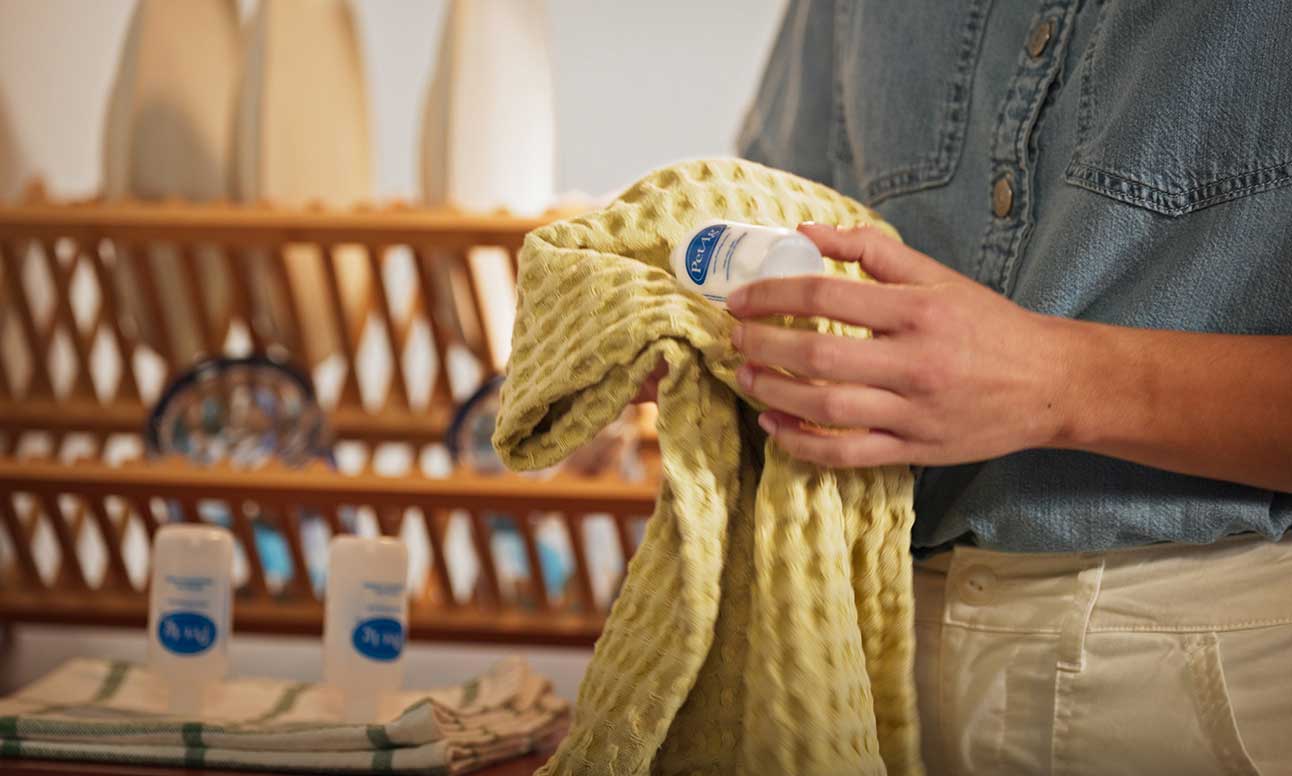
Photo by Chewy
After washing your hands, prepare a clean bottle according to the kitten feeding chart above. Then, Bell says, heat a mug of water and float the bottle in it until the formula is between 98—102 degrees Fahrenheit.
“Never heat the bottle or milk in a microwave,” she says. Use a thermometer to test the temperature before feeding.
Pro Tip: For new, uncut nipples, cut a small X in the tip using small, sharp scissors, or burn a hole with a heated needle. Formula should drip slowly when the bottle is upside down, Bell says. If the hole is too big, kittens will eat too quickly, and if it’s too small, they’ll struggle to get enough food.
Step 2: Position the Kitten on Their Tummy
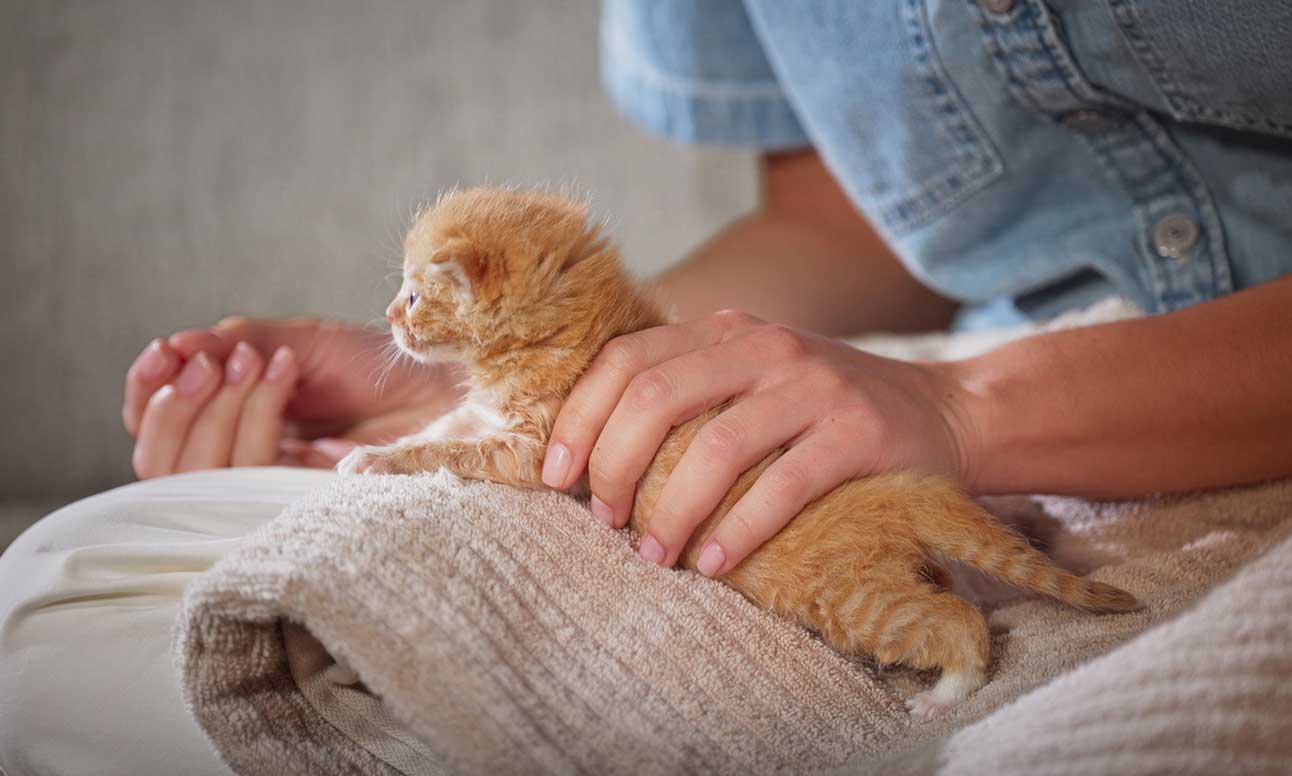
Photo by Chewy
Note that the process for bottle-feeding a kitten is very different from that of feeding a baby. Although we hold babies face up to feed them, we do the opposite with kittens. (Think about how they suckle their mother.)
“The kitten should lay with their tummy against your lap or a surface at a comfortable height for you to hold them with your non-dominant hand and the bottle with your dominant hand,” Dr. Hohenhaus says. “Some kittens keep their front legs down and others put them on your hand—one tiny paw on each side of the bottle.”
Pro Tip: Bright lights in kittens’ eyes can be jarring and cause them to not want to drink, Bell says. She recommends keeping the room as dark as possible or shading their eyes.
Step 3: Place the Nipple in Their Mouth
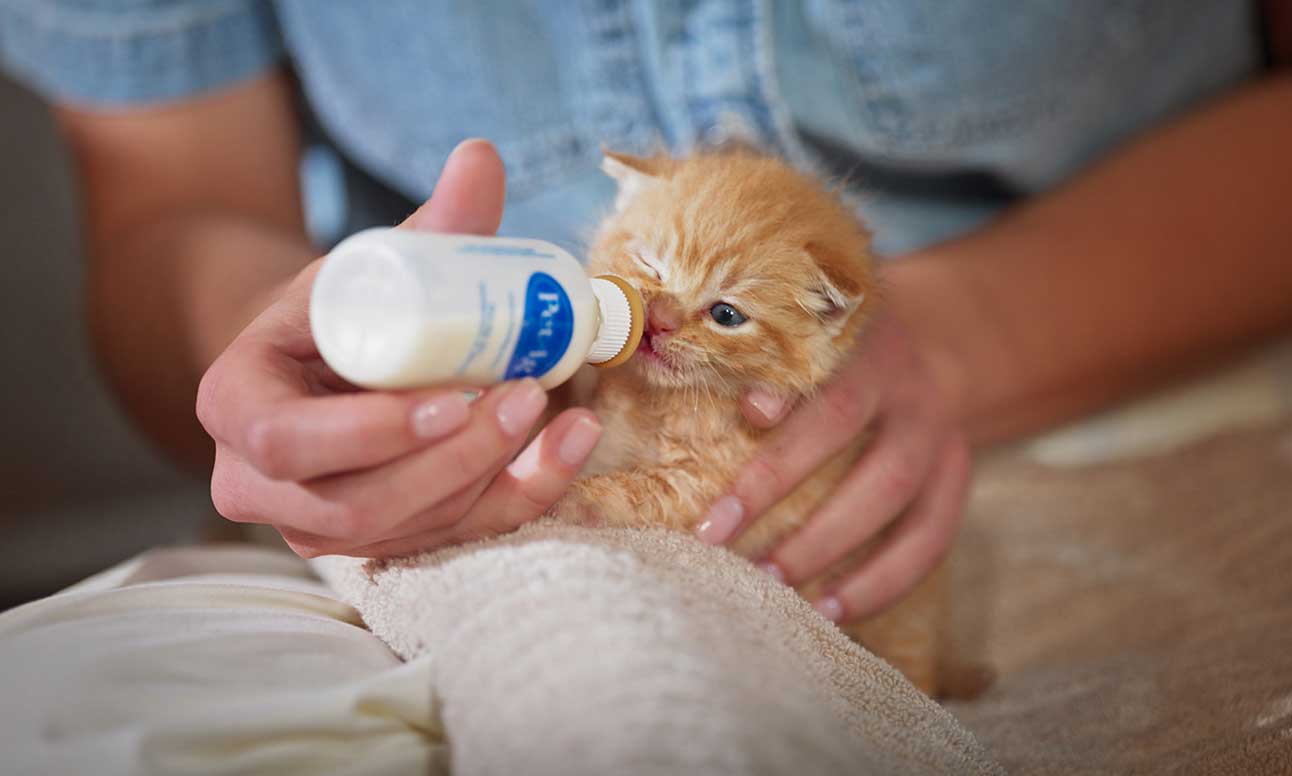
Photo by Chewy
Some kittens will go straight for the bottle, especially if this is old hat for them. Others, however, might require you to put the nipple in their mouth gently and move it around a bit until they latch on and start to suckle, Dr. Hohenhaus notes.
Bell adds, “Have so much patience with them while they figure out how to drink.” It doesn’t come naturally for all kittens.
Be sure to hold the bottle at a 45-degree angle to prevent the kitten from ingesting air as they eat.
Step 4: Let Them Feed
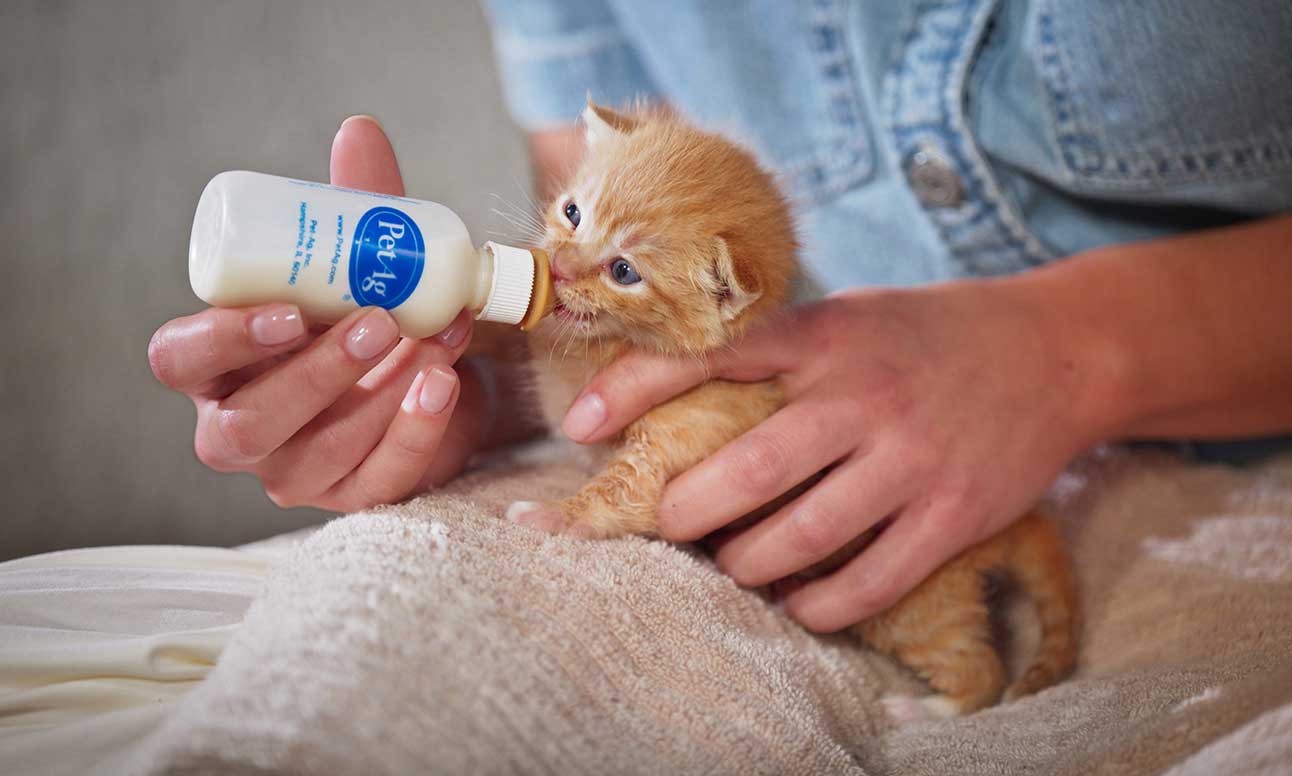
Photo by Chewy
Be patient as your kitten drinks from the bottle and allow them to go at their own pace. Once they’re full, most kittens will naturally unlatch from the bottle and have a very full, round tummy after eating, says Dr. Hohenhaus.
Throughout the process, you might need to use your fingers to steady the kitten’s head. Also, periodically check for formula chunks clogging the nipple opening.
Did You Know? You will need to help the kitten go to the bathroom before and after each feeding if they’re less than 4 weeks old. Bell says, “Kittens under 4 weeks old cannot pee or poop on their own. Stimulate them before or after feeding by using soft tissues or toilet paper to rub the genital area in a circular motion.” Record the kitten’s eliminations in case issues arise that your vet needs to know about.
Monitoring Kitten Health While Bottle-Feeding
You’ll need to monitor your kitten’s health while bottle-feeding to be sure they are thriving. Proper nutrition is reflected in steady weight gain, which you should track daily using a small scale.
Healthy kittens will have:
- A round, firm belly after feeding
- No signs of bloating or discomfort
- Bright, alert eyes
- Active behavior during their waking hours
On the other hand, signs your kitten needs veterinary attention include:
- Lethargy
- Lack of appetite
- Diarrhea
Observing your kitten’s behavior is just as important. They should vocalize for feeding but settle quickly once satisfied. Watch for consistent grooming and play behaviors as they grow, as these also reflect good health.
Common Bottle-Feeding Challenges
Figuring out how to bottle-feed a kitten involves a learning curve for both you and the kitten. Here are some common scenarios you might encounter.
Your Kitten Refuses Feedings
“Have patience” should be your mantra throughout the bottle-feeding process. Most issues are small ones, and it’s just a matter of figuring out what your kitten prefers when feeding. For example, some kittens like a narrow bottle nipple, while others prefer a chunkier one. The light might be too bright for some, while others might need a calmer or quieter setting.
Dr. Hohenhaus adds, “If the kitten refuses, stimulate them to poop and pee; then try feeding again. If a kitten refuses to eat for more than two feedings, then a trip to the animal ER is in order, where they can tube-feed a kitten or diagnose an illness that is suppressing their appetite.”
Your Kitten Has Digestive Issues
Digestive issues are another common challenge when bottle-feeding kittens. If your kitten experiences diarrhea or constipation, it could be due to the formula type, improper preparation, or overfeeding.
Always follow the mixing instructions on kitten milk replacer carefully, as too much or too little powder can upset their stomach.
Also, make sure the nipple size is correct. An incorrectly sized nipple can lead to a kitten eating too quickly.
Finally, maintain proper hygiene with feeding equipment and make sure the formula is fresh.
If digestive problems persist for more than a day or are severe, consult your veterinarian to rule out infections or other health concerns.
Weaning Is Difficult
Some kittens take to eating solid food on their own much more quickly than others do. Once again, patience and persistence are necessary when working with a kitten who is slow to take to food. Dr. Hohenhaus shared some tips with us.
“Mixing kitten milk replacer powder into the food makes the food taste familiar and will make the food liquidy so the kitten can slurp it up,” Dr. Hohenhaus says. “Occasionally, topping off the kitten food with meat baby food or a squeezable treat is needed to entice them to eat.”
She adds that these “treats” don’t provide adequate nutrition for growing kittens, so they should be used sparingly as an enticement.
Attributions
This content was medically reviewed by Hannah Hart, DVM, Chewy veterinarian.
